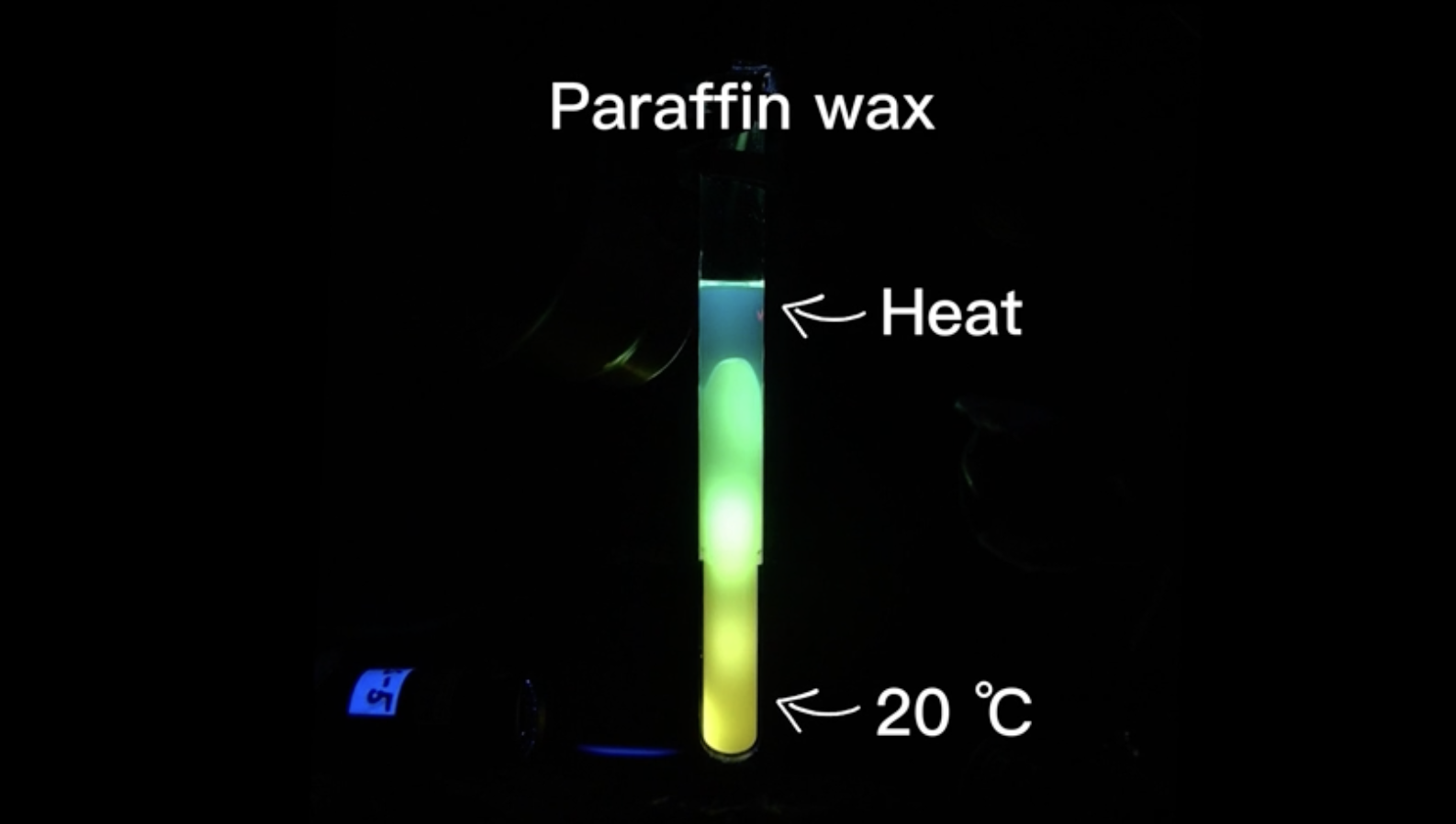 New research into organic semiconductor materials, led by the University of St Andrews, paves the way for more sustainable temperature sensors for use in everyday technology.
New research into organic semiconductor materials, led by the University of St Andrews, paves the way for more sustainable temperature sensors for use in everyday technology.
Thermally activated delayed fluorescence (TADF) materials, the so-called third-generation of emitters used in organic light-emitting diodes (OLEDs), have attracted significant attention over the course of the last decades as alternative emitters to noble metal-containing phosphorescent complexes used in commercialised OLEDs like those in mobile phones. However, their use in other organic electronics applications such as sensors, has been much less explored.
The new research, published in Nature Communications, led by Professor Eli Zysman-Colman from the School of Chemistry, discloses an organic TADF compound used for colorimetric temperature sensing having the widest spectral and temperature range compared to other organic optical temperature probes.
Professor Zysman-Colman said: "Clever control of the populations of emitter molecules and aggregates is responsible for the temperature change that we have exploited in this optical temperature probe. Given its wide temperature sensitivity, especially across physiological temperatures, we foresee that such a sensor could find numerous uses, such as in rapid temperature detection on packages."






